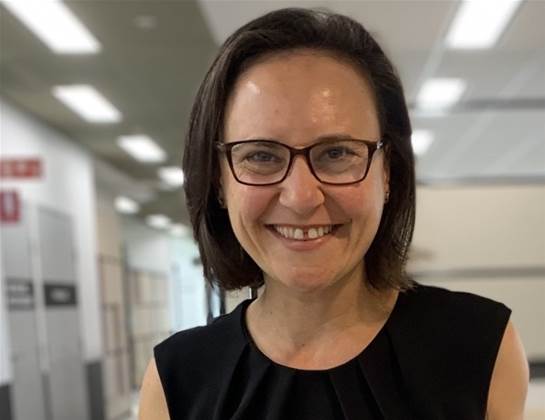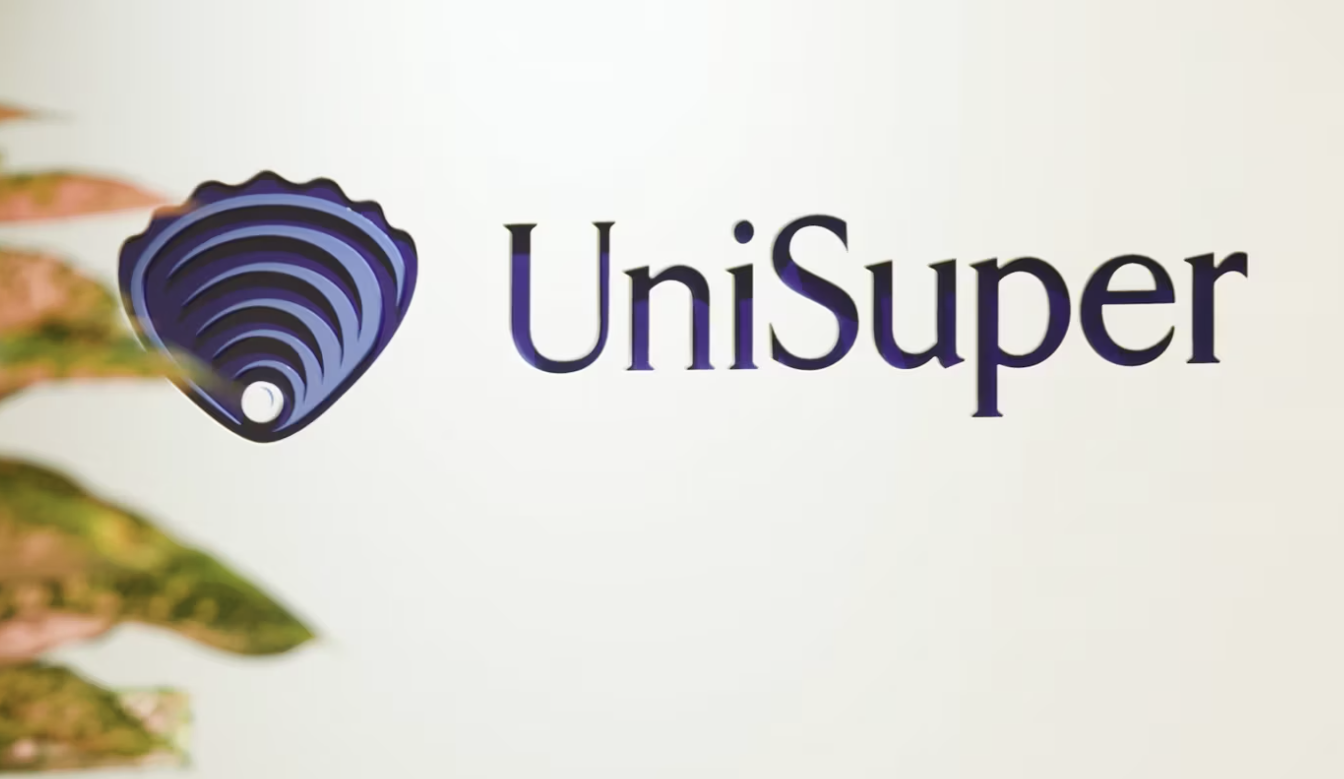
Transport for NSW has created its first enterprise-wide technology strategy, incorporating not just customer and operational technology, but also IT for the first time.

Sherrie Killiby (Supplied).
The strategy takes a 10-plus year outlook, split across three time horizons, and places particular emphasis on being more outcomes-based than its predecessor.
Executive director of strategy and engagement Sherrie Killiby told the iTnews Podcast that folding IT into the Transport Technology Strategy is about unifying the various arms of technology within the agency, so they can learn from one another and create potential opportunities for sharing and reuse.
“What we’ve recognised is we really want to be coordinated and much more ‘enterprise’ and holistic in the way that we deliver services moving forward,” Killiby said.
“We shouldn’t have divisions between different types of areas and different types of technology, but actually understand the fuller landscape.
“By doing that, we can work much better together and even share and be more interoperable, just because one system is used for internal purposes doesn’t mean it can’t be used for operational technology purposes or customer technology purposes.
“It’s really about trying to gain some efficiencies and some cost savings.”
Transport for NSW’s last technology strategy, the ‘Future Transport Technology Roadmap’, had a lifespan of 2021 to 2024, covering the agency through a period of rapid digital transformation.
The newer strategy looks across three horizons – 2025, 2028 and 2033-plus. This has the effect of showing how Transport intends to evolve and mature its technology capabilities in a range of technical and functional domains.
Killiby positioned the new strategy as “a living and breathing document and … direction for us.”
While the agency has an idea of how it wants to evolve, it must also meet whole-of-government directions that might be set over the next decade.
“We need to be able to be responsive to those, and that’s what the strategy is all about,” she said.
“We know in the short term there are some things that we need to deliver, and then there’s a medium term [vision], but we also want to have our eye to the future because sometimes things in the future do need a lot of lead time for us to get there.”
The Digital Systems Project, which is replacing signalling and train control technology, is an example of a program of work that requires a long lead time to deliver, owing to its scope, scale and complexity.
Digital-by-default
A notable inclusion in the new strategy is detail on Transport for NSW’s digital-by-default approach to introducing technology into its operations.
“This approach ensures that technology and data solutions are assessed at early stages of identifying options for delivering Transport objectives and solutions, alongside policy, services and infrastructure,” the strategy states.
Killiby said that digital-by-default has been “a really big shift” for Transport for NSW but had run completely behind-the-scenes until now.
“It’s something that we have been working on in the background before, but never really talked about externally,” she said.
“We think that this is where the really big opportunity is for technology to really be able to show the benefits of what it can do when you think about things in a different way.”
The intent of digital-by-default isn’t to mandate the use of technology in projects, but rather to think about how it might be incorporated much earlier in the planning cycle.
“It is not a green light to just use technology because it’s great and it will solve all of your problems,” Killiby said.
“It’s to think strategically about what else is out there to be able to put into our infrastructure to ensure its longevity.
“A great example might be needing a new road network or a new bridge or something to that effect in a particular area. If we were to build a smart motorway or a smart infrastructure, would we still need three lanes of traffic, or could that actually be reduced to a two-lane road?
“If so, that might mean we don’t need as much property acquisition or that we don’t have the same cost of infrastructure build. So they’re the types of things that we’re talking about.”
The addition of IT
IT has a very visible presence in the new strategy, with activities mainly coming under the banner of “sustainable enterprise systems”.
TfNSW has set a vision to have “reliable core systems that are seamless, responsive and easy to use, to help Transport staff to do their work more quickly, effectively and intuitively”; to leverage more State Digital Assets “to support the delivery of common services across government, where fit for purpose”; and to upskill staff in the use of current and emerging technologies.
Killiby said that work is underway to identify potential State Digital Assets – effectively systems that are considered candidates for reuse.
“The cost of doing business is expensive and the more that we can think about interoperability and scalability and reuse is going to be really critical for us moving forward,” she said.
“The whole premise around State Digital Assets is being worked through right now to understand what makes a digital asset and then how do you test and assure the asset is going to meet your requirements before you move into it.”
Work targeted for achievement by 2025 is already underway; there is considerable attention being paid to foundational systems, connectivity and capacity, ensuring that IT and data platforms exist to power future – broader – technology ambitions.
Unsurprisingly, this covers how Transport for NSW intends – at this stage – to evolve its use of artificial intelligence (AI) technology.
The strategy makes it relatively simple to chart a trajectory for AI use and maturity – from “AI driven competency and capability management platforms” in 2025; to “AI-augmented workflows” in 2028 and “personal virtual assistants” in 2033-plus.
Killiby highlighted Asset AI as an early AI use case, where council vehicles are equipped with sensors that are designed to detect road defects, allowing road maintenance work and field crews to be better prioritised.
“The wonderful thing about this project is they used to do those scans every three to five years manually, and now they can collect data weekly,” she said.
“It’s such a huge improvement in that data collection, and then the AI is self-learning to predict when they might need to do that maintenance on that road network.”
Improved road safety for motorists is considered to be another key outcome of the project.
That aligns with an emphasis in the new strategy on using technology to drive key outcomes, such as more equitable, sustainable and efficient travel and modes of transport for NSW.
For Killiby, the outcomes-based focus of the new technology strategy is a key point of difference compared to the previous strategy.
“We want to make sure we get really great outcomes for our passengers and our customers and those that use the transport network, and we can only do that when we’re coordinated and have the same shared goal,” she said.
“That’s what’s really exciting about the strategy is that we know that technology is a major enabler alongside services, policy and infrastructure in delivering our transport vision for the future.
“This technology strategy helps us step forward in being able to achieve that.”




 " title="
" title="



